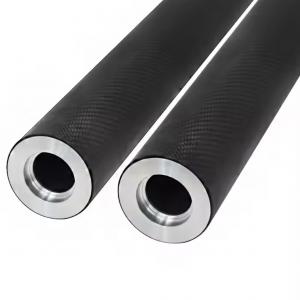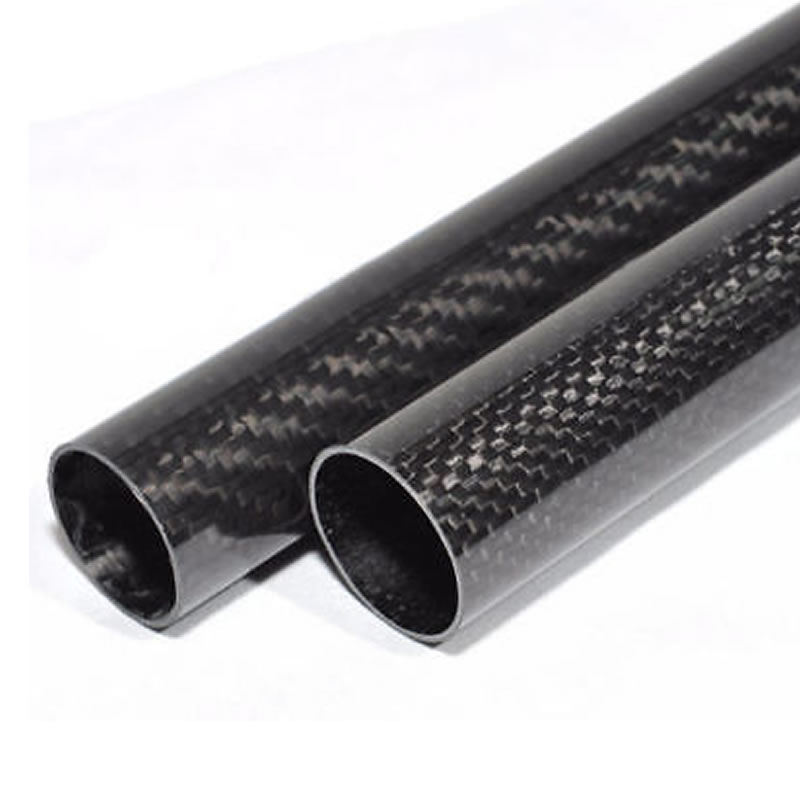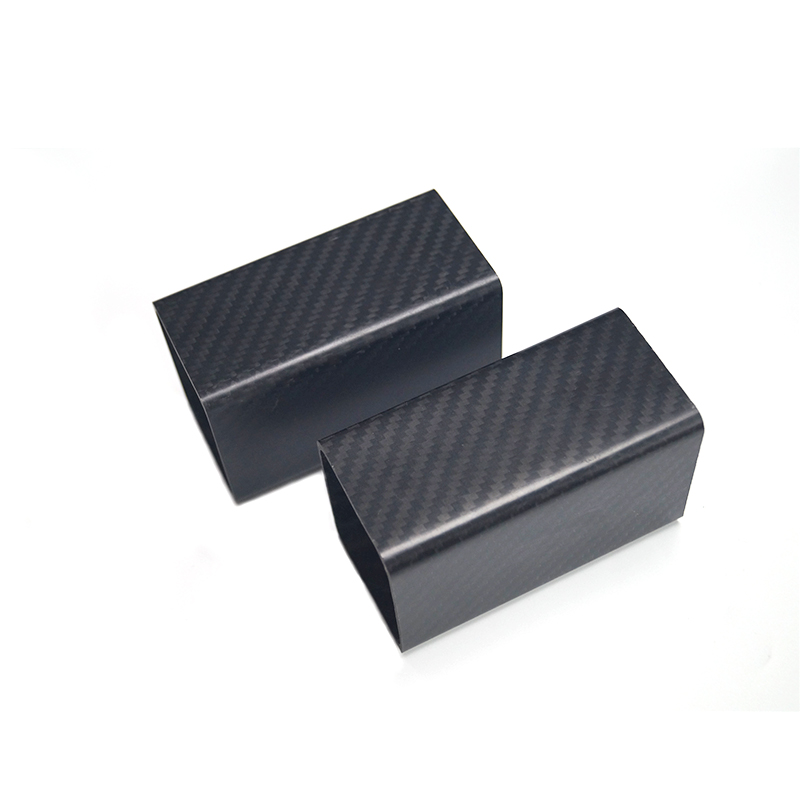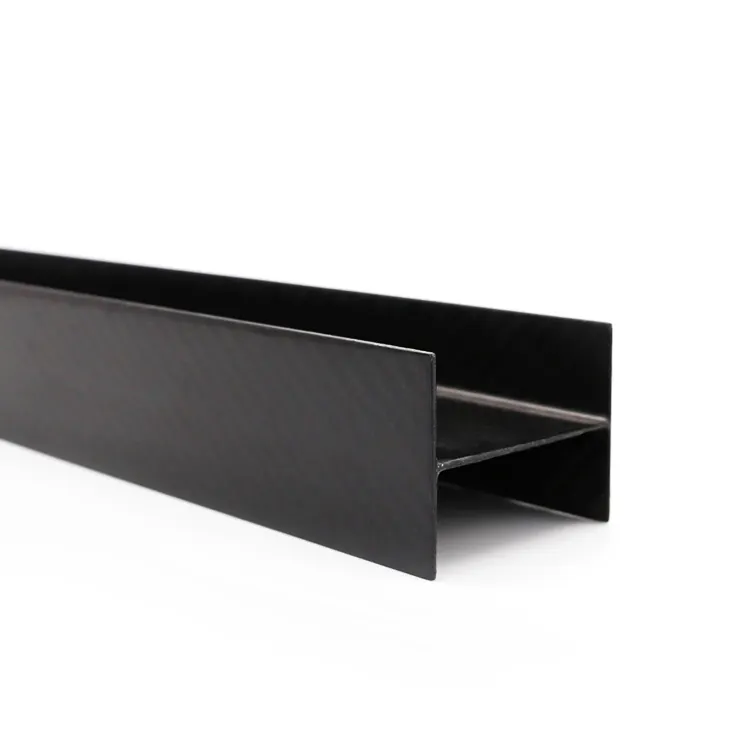Structure and properties of carbon fiber
Date :2022-05-28 Source: Fiber Composites
The lattice structure of the ideal graphite crystal belongs to the hexagonal crystal system, which is a multi-layer overlapping structure composed of carbon atoms in a six-membered ring network structure. In the six-membered ring, the carbon atoms are in the form of sp 2 hybrid
Basic structure
The lattice structure of the ideal graphite crystal belongs to the hexagonal crystal system, which is composed of carbon atoms composed of a six-membered ring network structure. In the six-membered ring, the carbon atoms are sp 2 hybridization exists. In sp2 hybridization, there are 1 2s electron and 2 2p electron hybridization, forming three equivalent o strong bonds, the bond distance is 0.1421nm, the average bond energy is 627kJ/mol and the bond angles are 120 each other.
The remaining pure 2p orbitals in the same plane are perpendicular to the plane where the three o bonds are located, and the N-bonds of the carbon atoms that make up the N-bond are parallel to each other and overlap to form a large N-bond; The non-localized electrons on the n electron can move freely parallel to the plane, giving it conductive properties. They can absorb visible light, making graphite black. The van der Waals force between the graphite layers is far less than the valence bond force within the layers. The spacing between the layers is 0.3354nm, and the bond energy is 5.4kJ/mol. The graphite layers are staggered by half of the hexagonal symmetry and repeated in every other layer, forming ABAB..
Structure [4], and endowing it with self-lubrication and interlayer internal ability, as shown in Figure 2-5. Carbon fiber is a microcrystalline stone-ink material obtained from organic fiber by carbonization and graphitization.
The microstructure of carbon fiber is similar to that of artificial graphite, which belongs to the structure of polycrystalline chaotic graphite. The difference from the graphite structure lies in the irregular translation and rotation between the atomic layers (see Figure 2-6). The six-element network covalent bond is bound in the atomic layer of - which is basically parallel to the fiber axis. Therefore, it is generally believed that carbon fiber is composed of a disordered graphite structure along the height of the fiber axis, resulting in a very high axial tensile modulus. The lamellar structure of graphite has significant anisotropy, which makes its physical properties also show anisotropy.
Properties and applications of carbon fiber
Carbon fiber can be divided into filament, staple fiber, and staple fiber. The mechanical properties are divided into the general type and high-performance type. The General carbon fiber strength is 1000 MPa, the modulus is about 10OGPa. High-performance carbon fiber is divided into high strength type (strength 2000MPa, modulus 250GPa) and high model (modulus above 300GPa). Strength greater than 4000MPa is also called ultra-high strength type; Those with a modulus greater than 450GPa are called ultra-high models. With the development of the aerospace and aviation industry, high strength and high elongation carbon fiber has appeared, and its elongation is greater than 2%. The large amount is polypropylene eye PAN-based carbon fiber. Carbon fiber has high axial strength and modulus, no creep, good fatigue resistance, specific heat and electrical conductivity between non-metal and metal, a small coefficient of thermal expansion, good corrosion resistance, low fiber density, and good X-ray transmission. However, its impact resistance is poor and easy to damage, oxidation occurs under the action of strong acid, and metal carbonization, carburization, and electrochemical corrosion occur when it is combined with metal. As a result, carbon fiber must be surface treated before use.




















